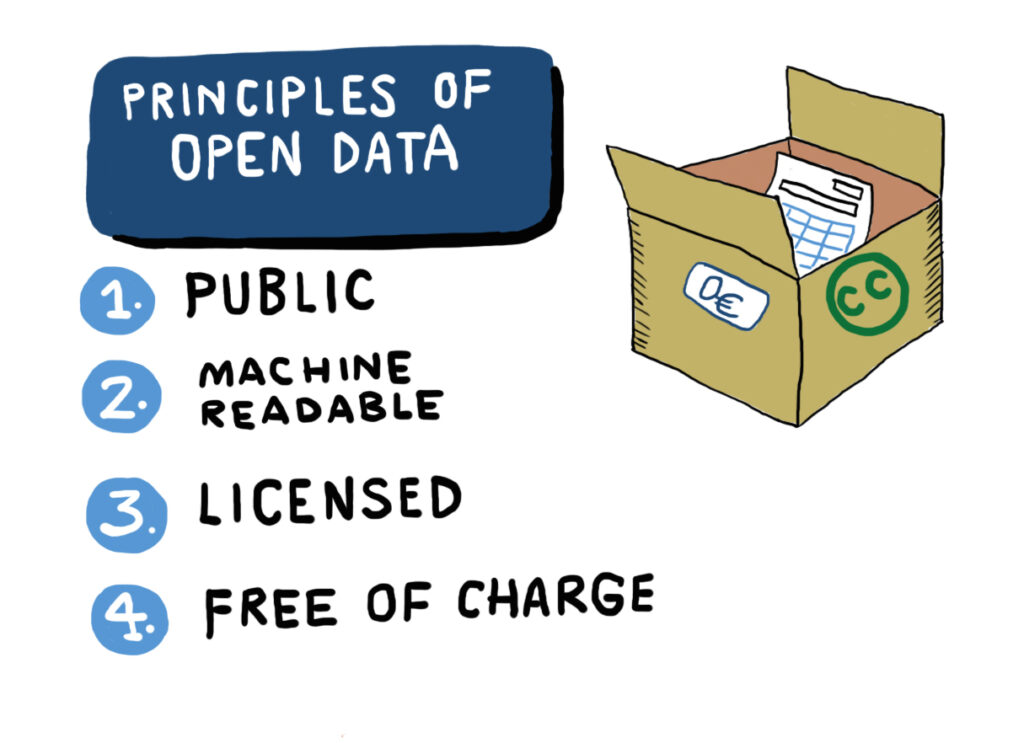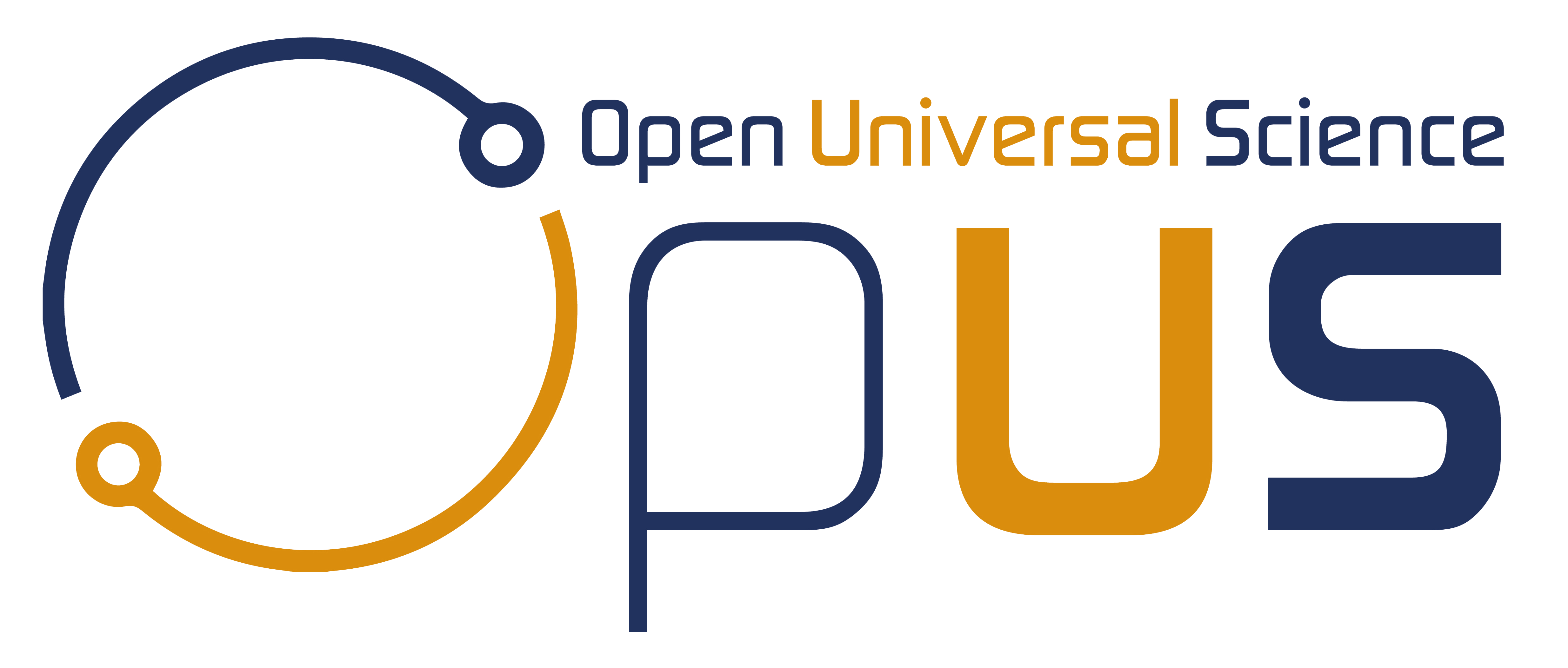
Understanding the Distinction: Open Data vs. Available Data
Understanding the Distinction: Open Data vs. Available Data https://opusproject.eu/wp-content/uploads/2023/09/HRI_STILL_010_EN-1024x743.jpg 1024 743 Open and Universal Science (OPUS) Project Open and Universal Science (OPUS) Project https://opusproject.eu/wp-content/uploads/2023/09/HRI_STILL_010_EN-1024x743.jpgIn the digital age, data has become the cornerstone of modern society, driving innovation, decision-making, and progress across various industries. However, not all data is created equal. Two terms that are often used interchangeably but hold distinct meanings are “open data” and “available data”. This article aims to shed light on the key disparities between these concepts and their respective implications.
Defining Open Data
Open data refers to information that is made available to the public without any restrictions on access, usage, or distribution. It is characterized by the following key attributes:
- Accessibility: Open data is freely available to anyone, without the need for special permissions or fees. It can be accessed online or through other means such as APIs (Application Programming Interfaces).
- Format: Open data is typically provided in machine-readable formats, enabling easy integration into various applications and systems.
- Licensing: Open data is accompanied by licenses that explicitly grant users the right to use, modify, and distribute the data for any purpose, including commercial use.
- Metadata: Comprehensive metadata is often provided with open data to offer context, describe its source, and specify how it can be used.
- Transparency and Accountability: Open data promotes transparency in government and other organizations by allowing the public to scrutinize information and hold entities accountable.
Unpacking Available Data
Available data is a broader term that encompasses any data that can be accessed or obtained, but it does not necessarily imply the same level of accessibility, licensing, or format as open data. Available data may have varying degrees of restrictions or limitations, including:
- Access Restrictions: Some available data may require specific permissions, subscriptions, or payments for access. This can be common in proprietary databases or specialized research repositories.
- Usage Limitations: Data that is labeled as available may come with specific terms of use, restricting how it can be employed. For instance, some datasets may be available for research purposes only.
- Licensing Variability: Unlike open data, available data may come with a range of licensing agreements, some of which may impose more restrictions on usage and distribution.
- Format Diversification: Available data can be presented in a wide array of formats, including PDFs, spreadsheets, images, and more. These formats may not always be readily compatible with all applications or systems.
Practical Implications
Understanding the distinction between open data and available data carries practical implications for various stakeholders:
Government and Public Institutions
Embracing open data practices can enhance transparency, accountability, and public trust. It empowers citizens to engage with government data, fostering innovation and enabling the development of valuable applications and services.
Researchers and Academics
Access to open data can accelerate research and innovation by providing a wealth of information for analysis and experimentation. Available data, while still valuable, may come with limitations that could hinder the progress of certain studies.
Businesses and Entrepreneurs
Open data can be a valuable resource for businesses, providing insights, market trends, and opportunities for innovation. Available data, especially proprietary or restricted datasets, may require additional investments in acquiring licenses or permissions.
Conclusion
While both open data and available data contribute to the wealth of information available in the digital landscape, the distinction lies in the level of accessibility, licensing, and format. Open data stands as a beacon of transparency and innovation, while available data encompasses a broader spectrum of accessibility. Understanding these differences is crucial for making informed decisions about data usage, particularly in the context of research, governance, and business operations. By recognizing the nuances between these concepts, we can leverage data more effectively for the betterment of society as a whole.
Photo via Helsinki Region Infoshare
- Posted In:
- Open Science News




